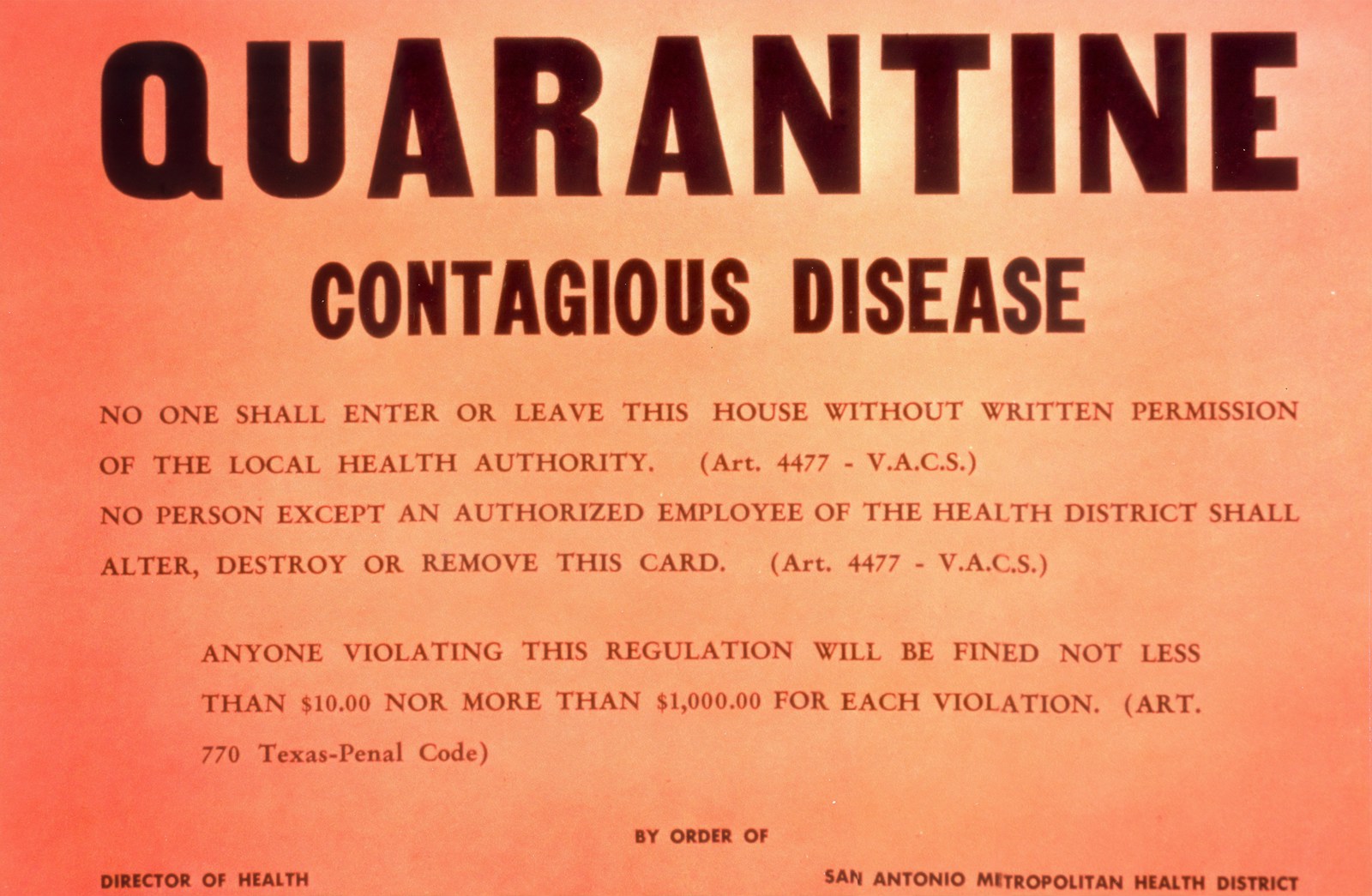The Silent Pandemic: How Antibiotic Resistance is Undoing a Century of Modern Medicine

It is one of the foundational miracles of modern medicine. A simple cut, a routine surgery, a case of pneumonia—diseases and injuries that were once a death sentence became treatable with the discovery of antibiotics in the 20th century. This medical revolution has saved hundreds of millions of lives and underpinned nearly every major advance in modern healthcare, from chemotherapy to organ transplants.
Now, that miracle is unraveling. A slow-motion global crisis known as antimicrobial resistance (AMR) is rendering our most precious medicines ineffective. Bacteria, fungi, and other microbes are evolving to resist the drugs we use to kill them, creating "superbugs" that are difficult, and sometimes impossible, to treat. This is not a distant, future threat; it is happening right now, in hospitals and communities all over the world.
The Scale of the Crisis
According to a landmark study in The Lancet, drug-resistant infections were directly responsible for 1.27 million deaths globally in 2019, and associated with nearly 5 million deaths. This makes AMR a leading cause of death worldwide, more deadly than HIV/AIDS or malaria. The World Health Organization (WHO) has declared it one of the top 10 global public health threats facing humanity. Without urgent action, we are heading towards a post-antibiotic era, where routine medical procedures could become too dangerous to perform.
The primary driver of AMR is the overuse and misuse of antibiotics. For decades, these drugs have been prescribed indiscriminately for viral infections like the common cold, against which they are useless. In many countries, they are available over-the-counter without a prescription.
An equally significant contributor is the widespread use of antibiotics in agriculture. An estimated 70% of all antibiotics sold globally are used not in humans, but in farm animals. They are often given to healthy livestock to promote growth and prevent infections in crowded, unsanitary conditions. This creates a massive reservoir of drug-resistant bacteria that can then spread to humans through the food chain and the environment.
A Broken Market for New Drugs
The logical solution to this problem would be to develop new antibiotics to replace the ones that no longer work. But here, the system is fundamentally broken. The pharmaceutical industry's business model is not designed to solve the AMR crisis. Developing a new antibiotic is a scientifically difficult, expensive, and time-consuming process. But unlike a blockbuster drug for a chronic condition like diabetes or high blood pressure, a new antibiotic is meant to be used as sparingly as possible to preserve its effectiveness.
This creates a paradox: the more successful a new antibiotic is from a public health perspective (i.e., the less it is used), the less commercially viable it is. As a result, most major pharmaceutical companies have abandoned antibiotic research and development altogether, leaving the pipeline for new drugs dangerously dry. The few small biotech companies still working in the space often go bankrupt, even after successfully developing a new drug.
A Path Forward
Solving the AMR crisis requires a multi-pronged, global effort. First, we must aggressively promote "antibiotic stewardship"—the responsible use of existing medicines in both human and animal health. This involves better diagnostics to ensure antibiotics are only prescribed for bacterial infections, and a global ban on the use of antibiotics for growth promotion in livestock.
Second, we must fix the broken market for new antibiotics. Public health experts are calling for new economic models, such as "subscription services," where governments would pay pharmaceutical companies a fixed annual fee for access to a new antibiotic, regardless of how many doses are sold. This would "de-link" a company's profit from the volume of sales, creating a predictable and sustainable market for innovation.
The COVID-19 pandemic showed that the world can mobilize to develop new medical technologies at incredible speed when faced with an acute crisis. The AMR crisis is a slower, more insidious pandemic, but it is no less deadly. Failure to act will reverse a century of medical progress and drag us back into a dark age of untreatable infections.
